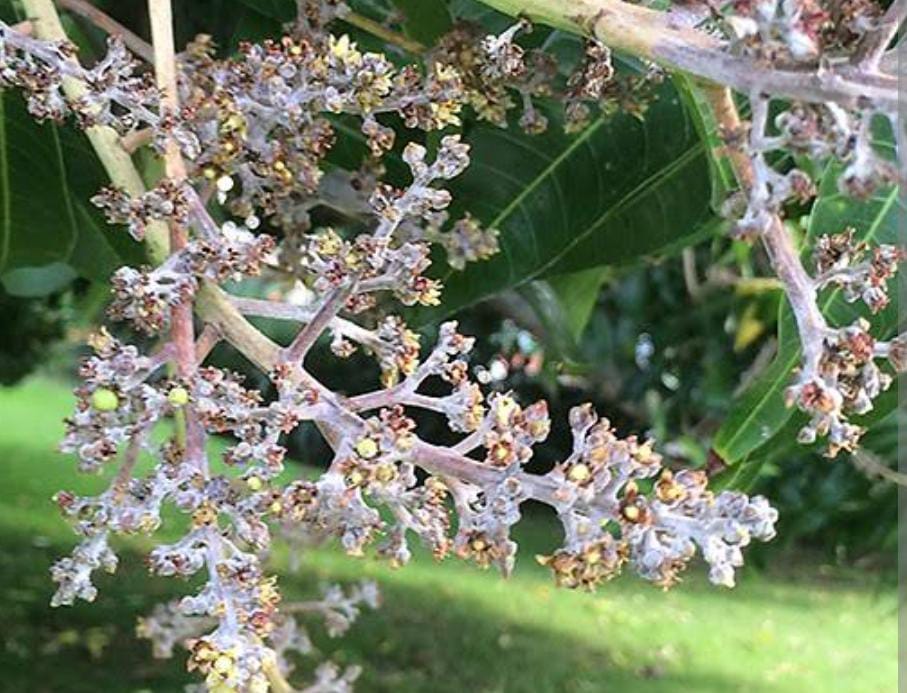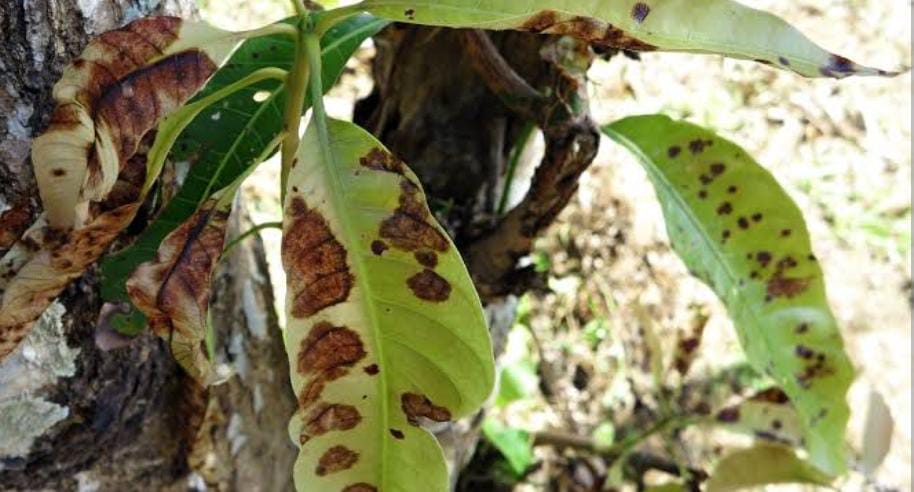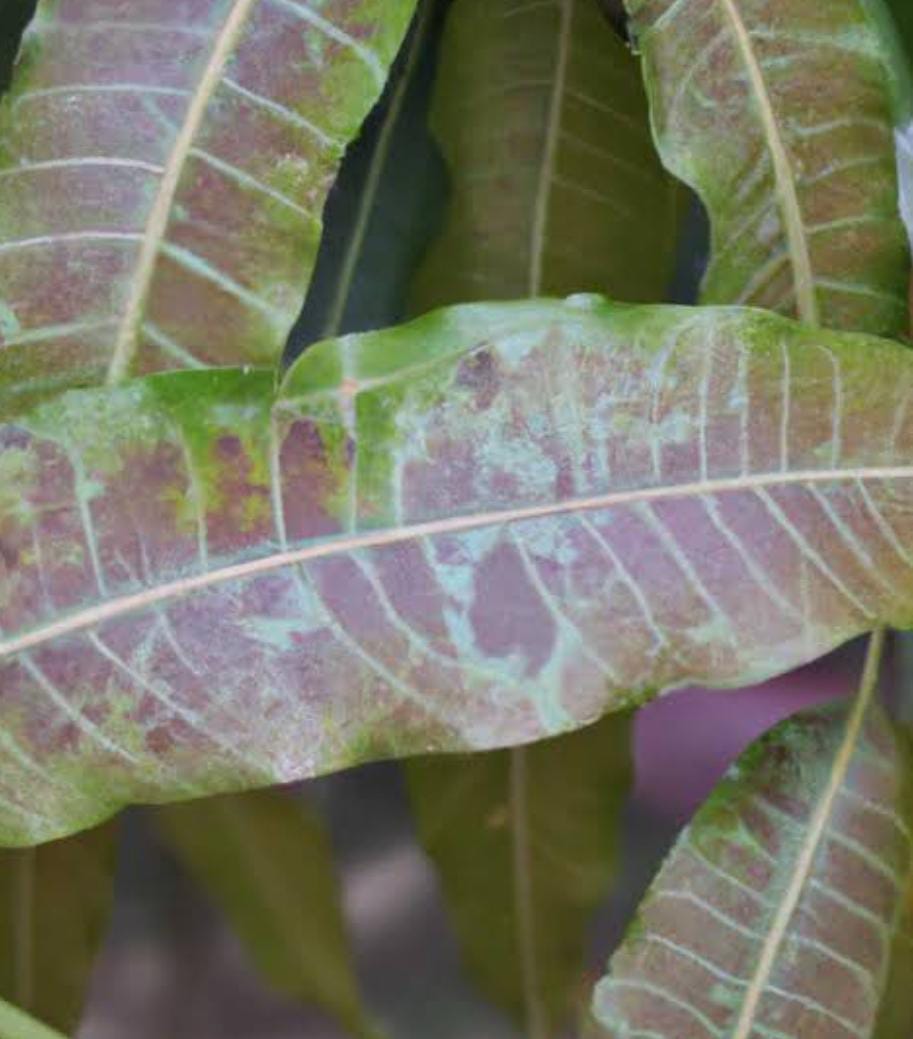Banginapalli Mango Plant
Banginapalli Mango trees thrive in well-draining soil and full sun exposure. Water regularly, especially during dry periods. Prune to shape the tree and remove dead or diseased branches for optimal growth and fruit production. Mulching helps retain moisture.
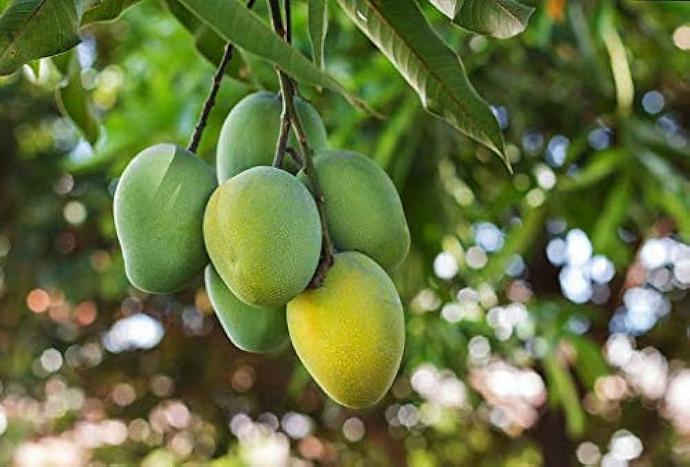
Habit
Tree
Height
10-15 m
Growth
Fast
Soil
Well-drained loamy soil
Shade
Full Sun
Moisture
Moist
Edible
Yes [Fruit]
Medicinal
Yes
Origin
India
Climatic Condition
Tropical
Temperature (°)
24-30°C
Humidity (%)
60-80%
Potting media
Garden soil
Fertilizers
Organic compost
Watering
Regular watering during dry periods; reduce during flowering and fruiting
Plant Weight
50-100 kg
Flowering Time
Spring
Soil Ph level
5.5 - 7.5
Water Ph level
6.0 - 7.0
Soil EC
Medium
Yield Per Plant
high yielding cultivar with 84 kg fruit yield per tree
NPK ratio
8:10:10
life Span
Perennial
Health Benefits
Rich in vitamins A and C; supports immune health.
Suggested Grow Media or Potting Mix ?
50% loamy soil, 30% compost, 20% sand
Suggested Fertigation/Fertilizers
Fertilize every 2-3 months with a balanced, slow-release fertilizer.
Common Diseases and Remedies
Anthracnose, powdery mildew, grey blight.
Bluster like, reddish to brown spots on leaves. Twisted leaves .
Starch powder , remove and destroy infected plants.
HEALTH BENEFITS
Banginapalli Mango (also spelled Banganapalli) is a popular mango variety from India, known for its sweet taste, smooth texture, and rich nutritional value. Here are some key health benefits:
1. Rich in Vitamins & Minerals
- Vitamin C – Boosts immunity, promotes skin health, and aids in wound healing.
- Vitamin A – Supports eye health, prevents night blindness, and promotes skin health.
- Vitamin E – Acts as an antioxidant, protecting cells from damage.
- Potassium – Helps regulate blood pressure and supports heart function.
2. Supports Digestive Health
· High in fiber, which aids digestion and prevents constipation.
· Contains enzymes like amylases, which help break down carbohydrates and improve digestion.
3. Boosts Immunity
- The combination of vitamin C, vitamin A, and antioxidants strengthens the immune system, protecting against infections.
4. Promotes Heart Health
- Potassium helps regulate blood pressure and maintain heart function.
- Fiber lowers cholesterol levels, reducing the risk of heart disease.
5. Improves Skin & Hair Health
- Vitamin A & C promote collagen production, keeping skin youthful and glowing.
- Antioxidants protect the skin from premature aging and sun damage.
6. Supports Eye Health
- Rich in beta-carotene and lutein, which help prevent age-related macular degeneration and cataracts.
7. Provides Natural Energy
- A good source of natural sugars (glucose, fructose, sucrose) for an instant energy boost.
8. Helps Maintain a Healthy Weight
- High fiber content keeps you full for longer, reducing overeating.
- Low in calories compared to other desserts, making it a healthier sweet treat.
9. Good for Hydration
- Contains over 80% water, helping keep the body hydrated during hot weather.
10. May Reduce Cancer Risk
- Rich in polyphenols and antioxidants that may help reduce the risk of certain cancers by fighting oxidative stress.
1. What is Banginapalli Mango Tree?Banginapalli mango tree is the type of mango that produces Banginapalli mango, also known as Benishan or Safeda mango. These mangoes are large, oval-shaped and have smooth yellow skin when ripe. Known for their sweet and tangy flavour, these desserts are popular in India, especially in Andhra Pradesh. The Bangi Napali mango tree is a tropical fruit tree that needs all temperature ranges to thrive.
What are the different types of banginapalli mango
Banginapalli mango tree is a mango tree that produces Banginapalli mango, also known as Benishan or Safeda mango. These mangoes are large, oval-shaped and have smooth yellow skin when ripe. Known for their sweet and tangy flavour, these desserts are popular in India, especially in Andhra Pradesh. The Bangi Napali mango tree is a tropical fruit tree that needs all temperature ranges to thrive.

How To Care The Banginapalli Mango?
Location
Banginapalli Mango plant can be grown in tropical or subtropical climate. They need cool temperatures, full sun and well-drained soil. In India, they grow only in the states of Andhra Pradesh and Telangana. However, they can also grow in other parts of the world with similar climates, such as Southeast Asia, Africa and the Caribbean.
Sun light
Banginapalli Mango plants need sunlight to thrive. Ideally, they should be planted in a location that receives at least 6 to 8 hours of sun throughout the day. This ensures that the plant receives enough energy to grow and produce healthy fruit. If plants do not receive enough sunlight, they will not grow well or produce fruit.
Soil
Banginapalli Mango plants thrive in well-drained soil rich in organic matter. The pH of the soil should be between 5.5 and 7.5, which is slightly acidic to neutral. Sandy loam or loam soil is ideal for Banginapalli mango plants because it provides good drainage while retaining adequate moisture for the roots. Avoid heavy clay soils as they can cause water leaching and root rot. If the soil is unsuitable, it can be improved by adding organic material such as compost or well-rotted manure.
Hydration
Banginapalli Mango plants need to be watered regularly, especially during the growing season and when the fruits are developing. The soil should be kept moist but not submerged. Water the plants deeply, allowing the water to penetrate the root zone, then allow the soil to dry slightly before watering again. Avoid overwatering as this can cause root rot. During the dry season or drought you need to water more frequently.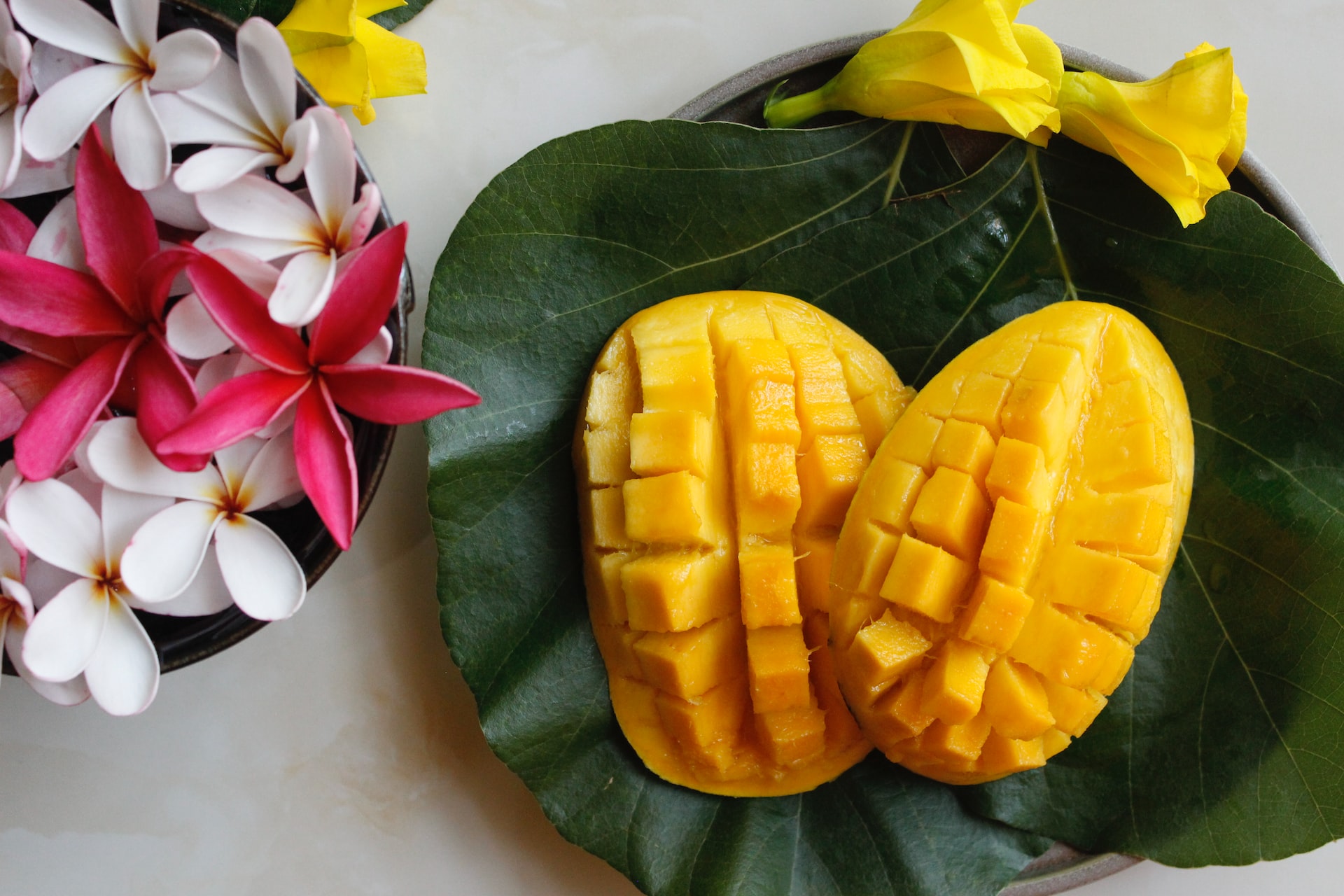
Nourishment
Banginapalli Mango plants need regular fertilization to ensure growth and fruit production. Use a balanced fertilizer with a 10-10-10 or 8-3-9 ratio that provides a good mix of nitrogen, phosphorus and potassium. Fertilize in the spring, before the growing season begins, and again in mid-summer. Avoid fertilizing in the fall because this encourages new growth that can be damaged by cold weather. Apply fertilizer evenly around the base of the plant and water thoroughly.
Issues
Growing Banginapalli mangoes can be rewarding, but as with any crop, there are considerations that need to be taken into account. Here are some problems and solutions:
1. Pests and Diseases: Mango trees can be affected by pests such as mango leafhoppers, mango whitefly and diseases such as anthracnose and powdery mildew. Regular inspections and proper pest control strategies, such as using neem oil or insecticides, can help control pests. Good hygiene and use of good fungicides against the disease.
2. Fruits: Excessive fruit formation may occur due to inadequate pollination, lack of water or lack of nutrients. Proper irrigation, fertilization and pollination (by planting different varieties of mangoes) can help reduce fruit loss.
3. Fruit rot: Mangoes may be subject to fruit rot caused by fungal diseases. Proper care, good weather and use of fungicides can help prevent fruit rot.
4. Sunburn: Mangoes, especially recently, their seeds or plants may be exposed to sunlight. Providing shade or using covers can help protect plants from too much sunlight.
What are the benefits of Banginpali mango tree?
Banginapalli Mango tree has many advantages:
1. Delicious Fruit: Banginapalli Mango is known for its sweet and tangy taste, making it popular as fresh fruit, juice and dessert.
2. High Yield: Banginapalli mango trees are known for their high yields and produce a large number of mangoes per tree.
3. * Disease Resistance*: The Bangui Napali mango tree is also resistant to insects and diseases, making it easier to grow and manage.
4. Adaptability: Mango Banginpali can grow in different types of soil and climate, making it suitable for various growing conditions.
5. Commercial Value: Bangui Napali mango has a high commercial value due to its popularity and commercial demand.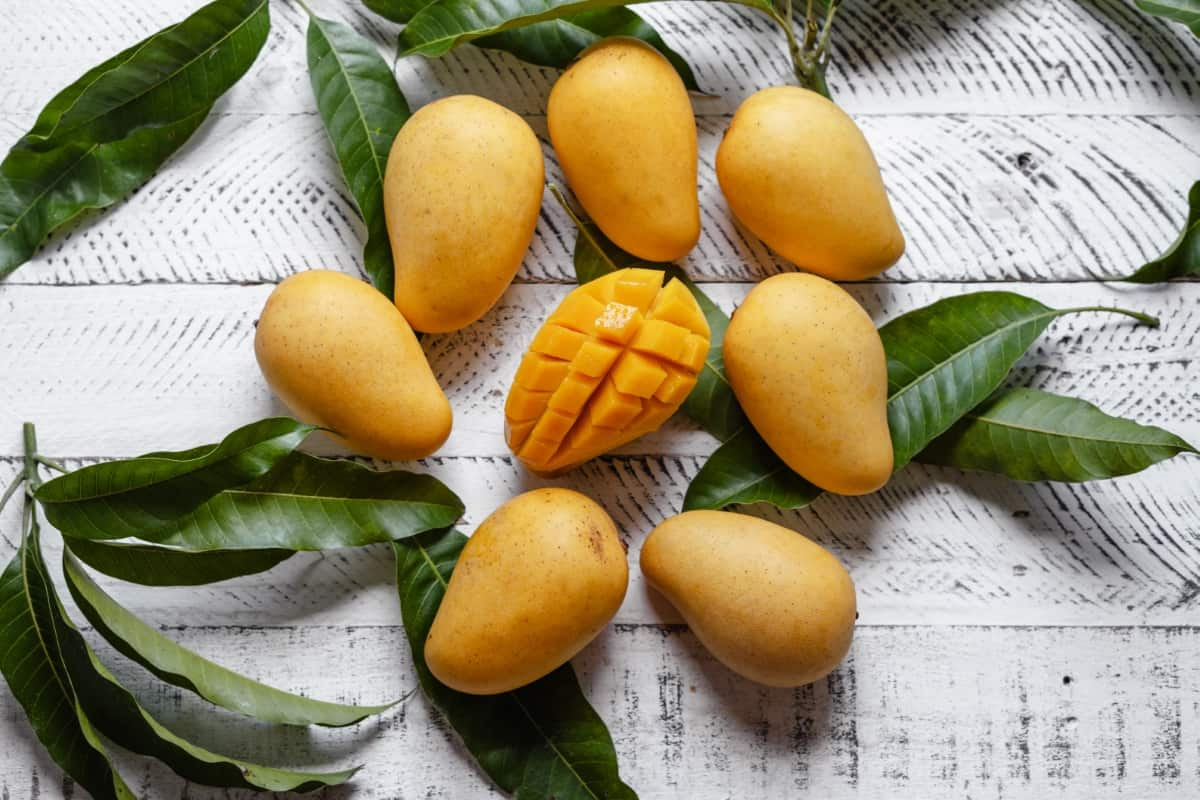
Faq‘s about growing Banginapali Mango?
How To Grow Banginapalli Mango?
Banginapalli mango tree consists of several important steps:
1. * Water *: Water regularly and deeply so that the soil is tidy but not waterlogged. Irrigation amount should be adjusted according to weather and soil conditions.
2. * Fertilization*: Use balanced fertilizers in the ratio of 10-10-10 or 8-3-9 to provide the nutrients necessary for wood growth and fruit production in spring and summer.
3. Pruning: Pruning trees to keep the trunk clear, remove dead or diseased branches, and encourage fruiting. Pruning should be done during the winter months when the tree is dormant.
4. Pest and Disease Control: Check the tree regularly for pests and diseases and take appropriate measures to control them. This may include the use of insecticides or neem oil to control pests and fungicides to control diseases.
5. * Mulching *: Apply a layer of organic mulch around the tree's roots to retain moisture, remove weeds and improve the soil.
2. What are the uses of Banginapalli mango plant?
Banginapalli Mango plant has many uses:
1. Fruit Production: The main objective of Banginapalli mango plantation is to produce delicious and healthy mangoes. Banginapalli mangoes are known for their sweet and tangy flavour, making them popular for fresh consumption, juices and desserts.
2. Ornamental Value: Banginapali mango plant can also be planted due to its ornamental value. These trees have beautiful foliage and can be used as shade trees or as part of landscape design.
3. Cultural Significance: Mangoes, along with Banginapalli mangoes, have cultural significance in many regions and are often associated with festivals and celebrations.
3. Can I grow Banginapali mango at home?
Banginapalli Mango trees are tropical plants that need cool temperatures, full sun and well-drained soil to thrive. Although it is possible to grow Banginpali mango trees indoors, providing the best growing conditions can be difficult.
If you live in an area where the weather is cold or there is little sunlight, you need to provide supplemental heat to your plants. You should also make sure the soil is well-drained and the plants are watered regularly.
4. What is the best type of pot to grow Banginpali mango plants?
When choosing a pot to grow Banginapalli mango, it is important to choose a pot that is large enough to fit the root of the tree and provides good drainage. A pot at least 24 inches (61 cm) in diameter and at least 18 inches (46 cm) deep is recommended for young trees. When the tree grows, you need to move it into a larger container.
There should be a drainage hole at the bottom of the pot to drain excess water. This helps prevent standing water, which can cause root rot.
Additionally, attention should be paid to the characteristics of the pot. Plastic pots are lightweight and easy to move, but they don't provide as much insulation to the roots as clay or ceramic pots. Clay or ceramic pots are heavier and need to be watered more frequently, but they provide better insulation and help maintain soil temperature.
In general, choose a pot that is large enough, has good drainage and is made of the right material for growing Banginapalli mango plants.
5. Where can I buy Banginapalli mango plant?
Banginapalli mango plants can be purchased from nurseries, garden centers or online stores specializing in mango trees and plants. You can check with your local farmer or farm office for advice on purchasing Banginapalli mango plants in your area.
When buying Banginapalli mango plants, look for healthy plants with stems and leaves. Do not plant plants that show signs of disease or insect infestation. It's also a good idea to ask the seller about the history of the plant, including how it was grown and cared for, to make sure you get the right plant.


